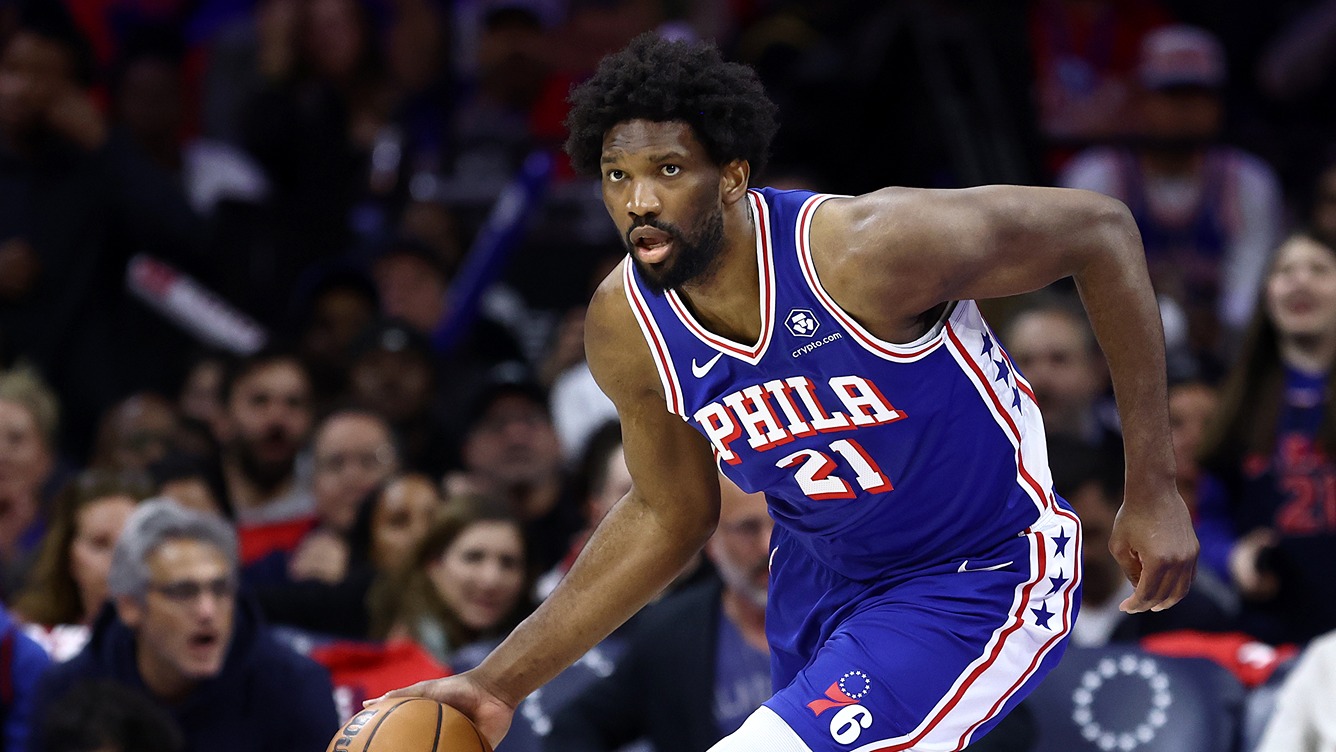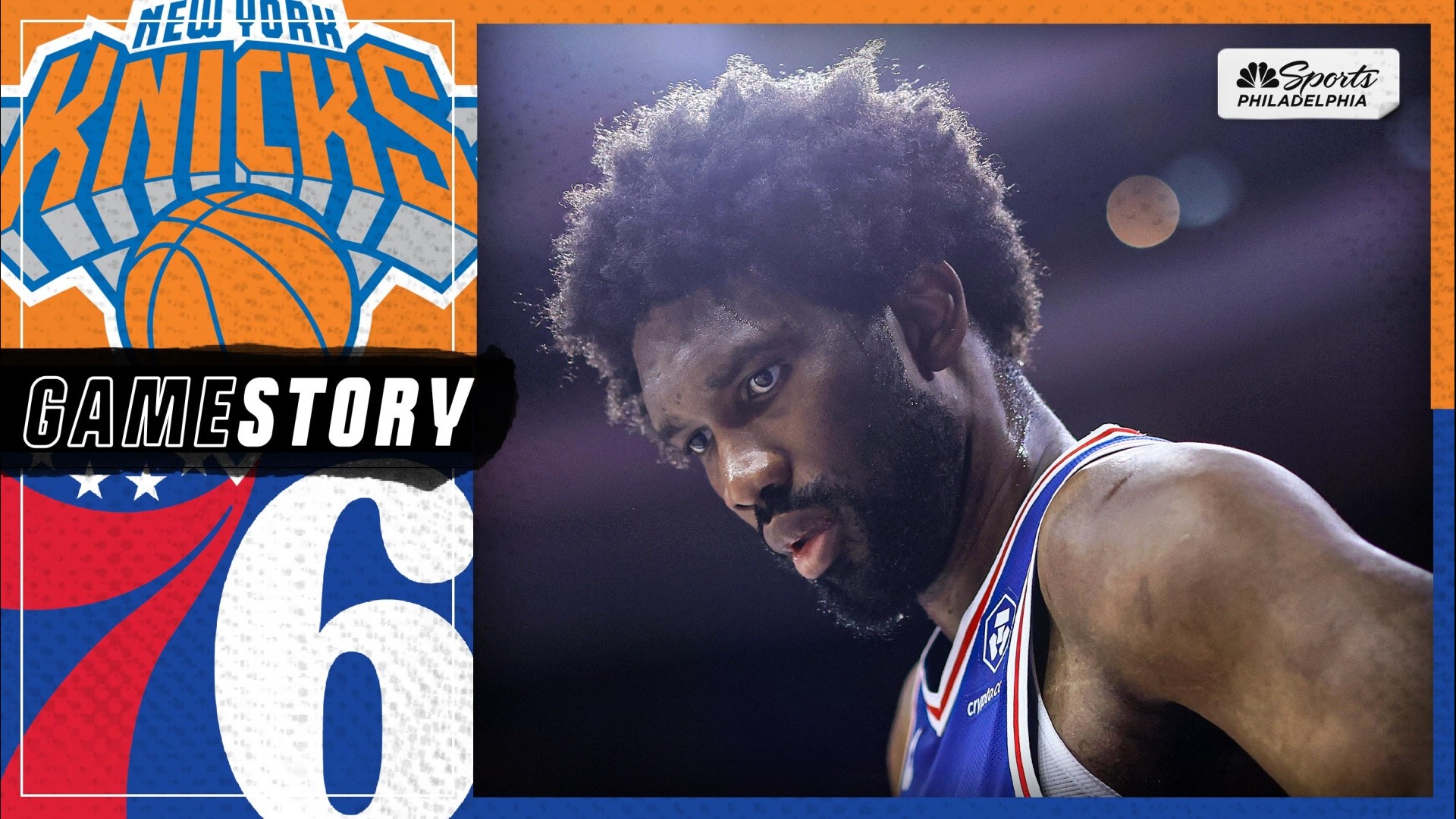
After Brett Brown had finished answering all the questions and meeting folks from the local media and Sixers’ front office, a tall fellow well dressed in stylish summertime clothing introduced himself to the new coach.
“Hi, coach. I’m World B. Free.”
Suddenly it was as if Brown had been transported back to the Boston Garden in 1977. That’s where one could have spotted Brown with a camera trying to snap pictures of all his heroes.
“World B. Free! You were my guy,” Brown said after meeting the Sixers’ community ambassador.
Brown said he felt quite humbled to be a part of the Sixers’ organization. While growing up in Portland, Me., Brown rooted for the Celtics, and the Sixers were always their biggest competition in the Eastern Conference.
But like any student of the game, Brown had plenty of respect for the Sixers.
“To be here is surreal. I can still see Doc (Julius Erving) and (George) McGinnis and Mo Cheeks and (Andrew) Toney,” Brown said during his introductory press conference on Wednesday, “and I’m sitting there at the Garden with my Polaroid camera trying to get any shot I can.”
NBA
Along with the guys he grew up rooting for (or against), Brown had a few potential Hall of Famers he helped groom with the Spurs. Tony Parker and Manu Ginobili are two players Brown played a role in developing. But defender extraordinaire Bruce Bowen was Brown’s guy.
Now, Brown has to learn who his guys are with his new team.
So far, Brown has an outsider’s perspective on the Sixers based on game planning against them two times a year. He knows all about Thad Young and Evan Turner, while Spencer Hawes has a style that can present match-up issues. Those three players are the remaining veteran core of the Sixers, and they will all be 25 on opening night.
“I’ve always been a fan of Thaddeus. I see that potential in Evan. You pay attention to Spencer,” Brown said. “The pieces that are in place are workable pieces. I look forward to working with them.”
After that trio, which has a combined 15 years of NBA experience, the rest of the roster is even younger. Big man Nerlens Noel was the No. 6 pick in the June draft and won’t be able to play until December. Michael Carter-Williams, the No. 11 pick, is a raw talent with a shot that needs work.
Returning is last year’s first-round pick Arnett Moultrie, who is still just 22. Lavoy Allen, 24, will be back for his third year in the league in what could be a make-or-break season.
Then there is the enigmatic Royce White, still only 22, who was acquired from Houston after the draft, and Arsalan Kazemi, the first Iranian drafted, who will also be a project.
The Sixers have a lot of youth, not much experience and the most cash under the salary cap of any team in the NBA. In fact, the Sixers are flirting with the salary cap floor, which requires each team to use at least 75 percent of its cap space.
After spending the last decade with future Hall of Famers on those juggernaut Spurs teams, Brown says he knows what he got himself into with the Sixers.
“If I was going to leave the situation I had in San Antonio, it had better be for the right one,” Brown said. “I think this is a high-calculated chance. It's dangerous. [Rebuilding] is always a very hard thing, but I feel just thrilled to be here.”
Part of the trick of working with a young, rebuilding team is to make sure everyone is on the same page. Brown said one of his main tasks this season will be to make sure to keep “the locker room together.” Certainly that will be tough because there will be nights when the Sixers will be playing as hard as they can, and it won’t be good enough.
That’s why Brown wants to hit the ground running, literally. Fitness is going to be the cornerstone with the Sixers. They will be able to run and play defense, Brown said.
Of course, that leaves biggest issue: shooting. With Jrue Holiday traded to New Orleans, the Sixers lost their best shooter and assist man. Turner could be the go-to scorer, but he has struggled with his shot ever since he came into the NBA. Coming off his worst shooting season as a pro (41.9 percent from the field), Turner connected at 38.1 percent on shots 16-feet or longer.
Meanwhile, Young has played as an undersized power forward for the last several seasons and hasn’t developed his shot as much as he would like. And at 7-foot, Hawes isn’t conjuring thoughts of the second coming of Dirk Nowitzki.
That leaves the rookie Carter-Williams, who shot just 39 percent from the floor and 29.2 percent from three-point range for Syracuse last season. Brown was quick to point out that neither Parker nor Jason Kidd was much of a shooter when they came into the league.
“It’s a great example, comparing Tony and Michael Carter-Williams,” Brown said. “There are lots of things that Michael is going to have to expect on how people are guarding him and to counter it he’s going to have to get better.
“Look at the history of Russell Westbrook. Look at the history of Derrick Rose. Those guys learned to take their speed and space and still be great. It’s not a matter of rising up and hitting threes. You have to use your environment wisely. With Tony, Russell and Rose, you can see the evolution of their shot. Look at Jason Kidd. There are a lot of examples where you can say, ‘Hey, Michael, here’s the whole chain of events.’”
It’s fun to talk about the future now, but in its infancy and development, there will be a lot of growing pains with the Sixers.
Doc, McGinnis, Cheeks and Toney won’t be walking through that door when training camp opens. Those guys are going to have to be made in the gym with Brown leading the way.
“Some of our players got better [Wednesday],” Sixers president and GM Sam Hinkie said when hiring Brown.


